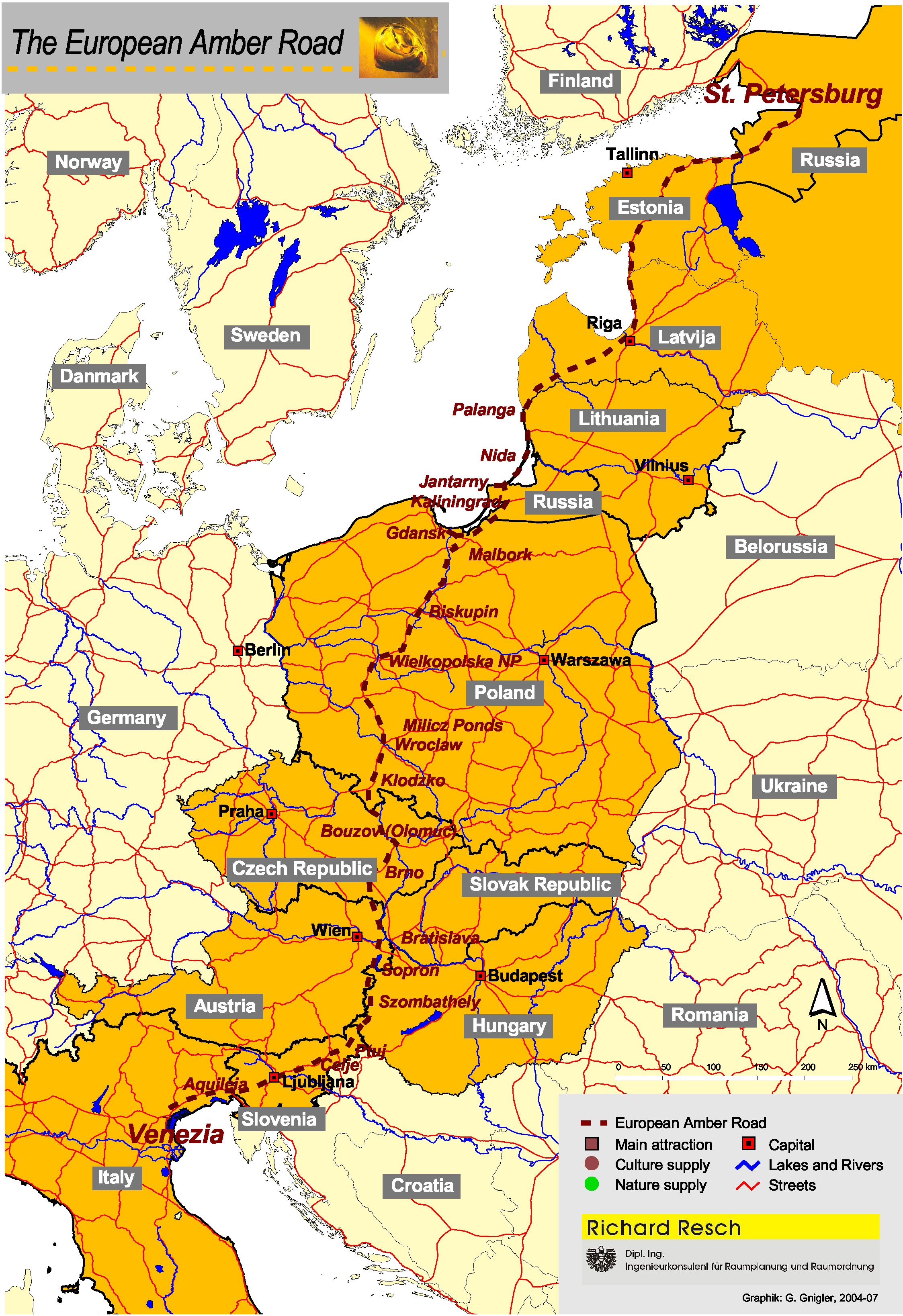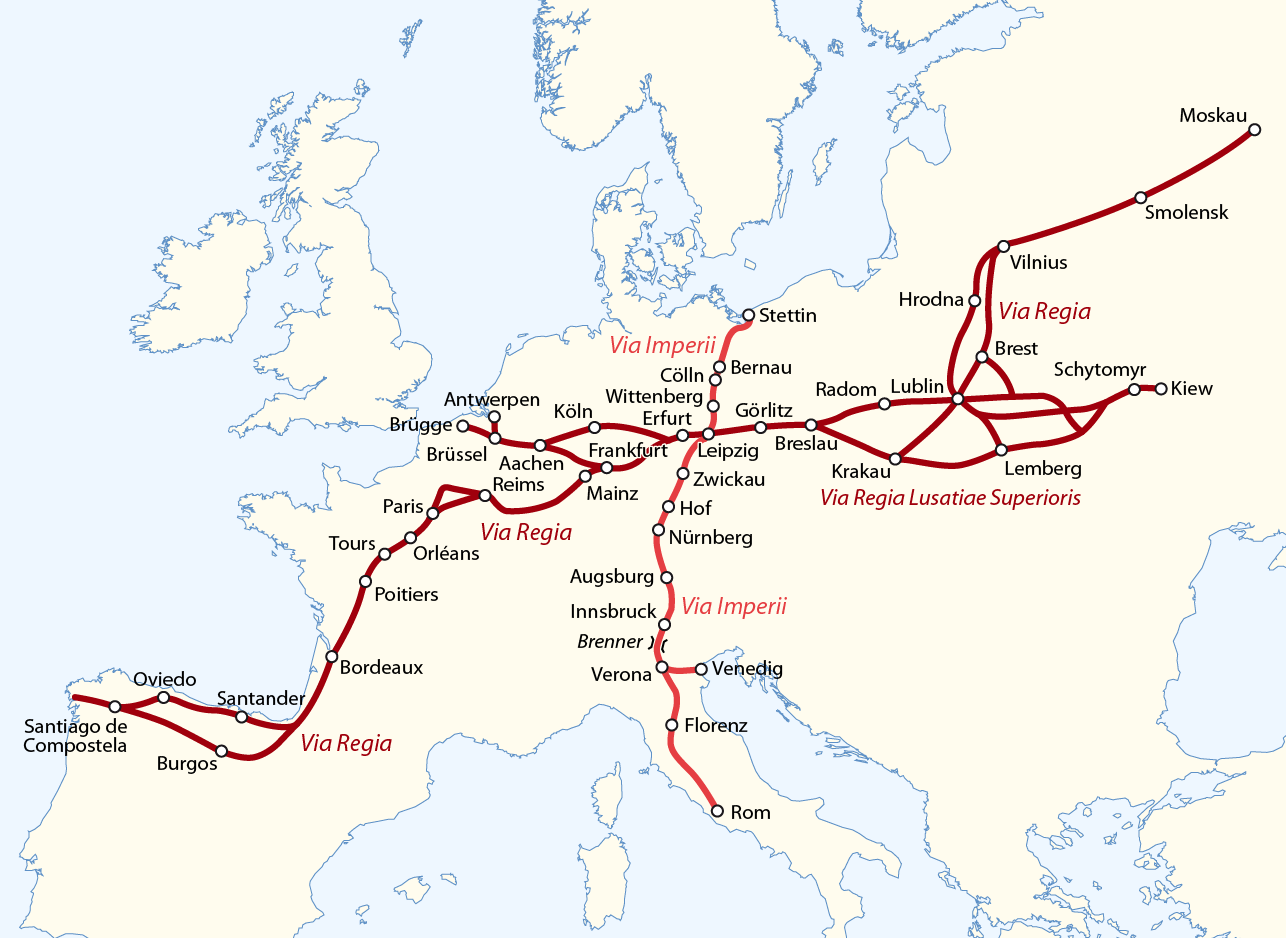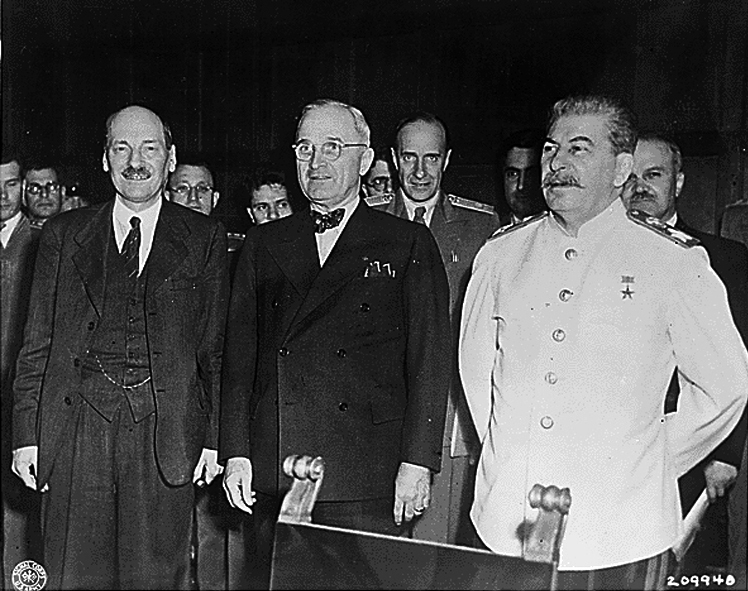|
History Of Wrocław
Wrocław has long been the largest and culturally dominant city in Silesia, and is today the capital of Poland's Lower Silesian Voivodeship, and the country's third most populous city proper. The history of Wrocław starts at a crossroads in Lower Silesia. It was one of the centres of the Duchy and then Kingdom of Poland, and briefly, in the first half of the 13th century, the centre of half of the divided Kingdom of Poland. German settlers arrived in increasing numbers after the first Mongol invasion of Poland in 1241, and Wrocław eventually became part of the Kingdom of Bohemia after the extinction of local Polish dukes in 1335. It was ruled by Hungary between 1469 and 1490, and after the War of Austrian Succession in the 18th century, the city and region were annexed by the Kingdom of Prussia, and in 1871 became part of the German Empire. In the interwar period and during World War II, the city witnessed discrimination and persecution of its Polish and Jewish inhabitants, inc ... [...More Info...] [...Related Items...] OR: [Wikipedia] [Google] [Baidu] |
Silesians (tribe)
The Silesians () were a tribe of West Slavs, specifically of the Lechitic/ Polish group, inhabiting territories of Lower Silesia, near Ślęża mountain and Ślęza river, on both banks of the Oder, up to the area of modern city of Wrocław. They were the first permanent inhabitants of the site of Wrocław where they build a fort on Ostrów Tumski in the 9th century or earlier, which at the time was an island on the Oder. Their tribal name was derived from the name of the mountain and the river, which most likely came from the old Polish word ''Ślagwa'', meaning "humid", which refers to the climate of the area. The name of the region in turn, Silesia, comes from their language and tribal name.Jasienica, pg. 32 Along with the Opolans, the Ślężanie comprised one of the two major tribes in Silesia. They bordered the Dziadoszanie to their north. The Biezunczanie's territory lay to the west. Other, more minor, Silesian tribes of the time included the Golensizi, Trzebowianie (w ... [...More Info...] [...Related Items...] OR: [Wikipedia] [Google] [Baidu] |
First Mongol Invasion Of Poland
The Mongol invasion of Poland from late 1240 to 1241 culminated in the Battle of Legnica, where the Mongols defeated an alliance which included forces from Testament of Bolesław III Wrymouth, fragmented Poland and their allies, led by Henry II the Pious, the Duke of Silesia and High Duke of Poland. The first invasion's intention was to secure the flank of the main Mongolian army attacking the Kingdom of Hungary. The Mongols neutralized any potential help to King Béla IV of Hungary, Béla IV being provided by the Poles or any military orders. Background The Mongol invasion of Europe, Mongols invaded Europe with three armies. One of the three armies was tasked with distracting Poland, before joining the main Mongol force invading Hungary. The Mongol general in charge, Subutai, did not want the Polish forces to be able to threaten his flank during the primary invasion of Hungary. Thus, the Mongol goal was to use a small detachment to prevent the Poles from assisting Hungary un ... [...More Info...] [...Related Items...] OR: [Wikipedia] [Google] [Baidu] |
Ostrów Tumski In Wrocław
Ostrów (Polish for "river island") may refer to: Places Poland ; Greater Poland Voivodeship * Ostrów Wielkopolski, a town in Greater Poland Voivodeship (west-central Poland) * Ostrów, Greater Poland Voivodeship in Greater Poland Voivodeship (west-central Poland) ; Kuyavian-Pomeranian Voivodeship * Ostrów, Brodnica County in Kuyavian-Pomeranian Voivodeship (north-central Poland) ; Lesser Poland Voivodeship * Ostrów, Proszowice County in Lesser Poland Voivodeship (south Poland) * Ostrów, Tarnów County in Lesser Poland Voivodeship (south Poland) ; Lublin Voivodship * Ostrów Lubelski, a town in Lublin Voivodship (east Poland) * Ostrów, Biała Podlaska County in Lublin Voivodeship (east Poland) * Ostrów, Gmina Dorohusk in Lublin Voivodeship (east Poland) * Ostrów, Gmina Wojsławice in Lublin Voivodeship (east Poland) * Ostrów, Kraśnik County in Lublin Voivodeship (east Poland) * Ostrów, Tomaszów Lubelski County in Lublin Voivodeship (east Poland) * Ostrów, ... [...More Info...] [...Related Items...] OR: [Wikipedia] [Google] [Baidu] |
Amber Road
The Amber Road was an ancient trade route for the transfer of amber from coastal areas of the North Sea and the Baltic Sea to the Mediterranean Sea. Prehistoric trade routes between Northern and Southern Europe were defined by the amber trade. As an important commodity, sometimes dubbed "the gold of the north", amber was transported from the North Sea and Baltic Sea coasts overland by way of the Vistula and Dnieper rivers to Italy, Greece, the Black Sea, Syria and Egypt over a period of thousands of years. Antiquity The oldest trade in amber started from Sicily. The Sicilian amber trade was directed to Greece, North Africa and Spain. Sicilian amber was also discovered in Mycenae by the archaeologist Heinrich Schliemann, and it appeared in sites in southern Spain and Portugal. Its distribution is similar to that of ivory, so it is possible that amber from Sicily reached the Iberian Peninsula through contacts with North Africa. After a decline in the consumption and trade of amb ... [...More Info...] [...Related Items...] OR: [Wikipedia] [Google] [Baidu] |
Via Regia
The Via Regia (Royal Highway) is a European Cultural Route following the route of the Historic roads, historic road of the Middle Ages. There were many such ''viae regiae'' associated with the king in the medieval Holy Roman Empire. History Origins The Via Regia ran west–east through the centre of the Holy Roman Empire, from the Rhine at Mainz-Kastel (''Elisabethenstraße'') to Frankfurt am Main, trade city and site of the Imperial election, election of the King of the Romans, continuing along Hanau, the ''Kaiserpfalz'' at Gelnhausen, the towns of Steinau an der Straße, Neuhof, Hesse, Neuhof, Fulda and Eisenach to Erfurt, a centre of Isatis tinctoria, woad production. It ran further eastwards to Eckartsberga, crossing the Saale river between Bad Kösen and Naumburg and reached Leipzig, another trade city. The eastern part continued through Upper Lusatia (''Via Regia Lusatiae Superioris'') along Großenhain, Königsbrück, Kamenz, Bautzen and Görlitz to Wrocław in Silesia ... [...More Info...] [...Related Items...] OR: [Wikipedia] [Google] [Baidu] |
Potsdam Agreement
The Potsdam Agreement () was the agreement among three of the Allies of World War II: the United Kingdom, the United States, and the Soviet Union after the war ended in Europe that was signed on 1 August 1945 and published the following day. A product of the Potsdam Conference, it concerned the military occupation and reconstruction of Germany, its border, and the entire European Theatre of War territory. It also addressed Germany's demilitarisation, reparations, the prosecution of war criminals and the mass expulsion of ethnic Germans from various parts of Europe. France was not invited to the conference but formally remained one of the powers occupying Germany. Executed as a communiqué, the agreement was not a peace treaty according to international law, although it created accomplished facts. It was superseded by the Treaty on the Final Settlement with Respect to Germany signed on 12 September 1990. As De Gaulle had not been invited to the Conference, the French resi ... [...More Info...] [...Related Items...] OR: [Wikipedia] [Google] [Baidu] |
Flight And Expulsion Of Germans From Poland During And After World War II
The flight and expulsion of Germans from Poland was the largest of a series of Flight and expulsion of Germans (1944–1950), flights and expulsions of Germans in Europe during and after World War II. The German population fled or was expelled from all regions which are Territorial changes of Poland after World War II, currently within the territorial boundaries of Poland: including the former eastern territories of Germany annexed by Poland after the war and parts of Second Polish Republic, pre-war Poland; despite acquiring territories from Germany, the Poles themselves were also expelled from the former eastern territories of Poland annexed by the Soviet Union. West Germany, West German government figures of those evacuated, migrated, or expelled by 1950 totaled 8,129,800 (6,981,000 from the former eastern territories of Germany; 290,800 from Free City of Danzig, Danzig, 688,000 from pre-war Poland and 170,000 Baltic Germans resettled in Poland during the war). Research by the ... [...More Info...] [...Related Items...] OR: [Wikipedia] [Google] [Baidu] |
Prisoners Of War
A prisoner of war (POW) is a person held captive by a belligerent power during or immediately after an armed conflict. The earliest recorded usage of the phrase "prisoner of war" dates back to 1610. Belligerents hold prisoners of war for a range of legitimate and illegitimate reasons. These may include isolating them from enemy combatants still in the field (releasing and repatriating them in an orderly manner after hostilities), demonstrating military victory, punishment, prosecution of war crimes, labour exploitation, recruiting or even conscripting them as combatants, extracting collecting military and political intelligence, and political or religious indoctrination. Ancient times For much of history, prisoners of war would often be slaughtered or enslaved. Early Roman gladiators could be prisoners of war, categorised according to their ethnic roots as Samnites, Thracians, and Gauls (''Galli''). Homer's ''Iliad'' describes Trojan and Greek soldiers offering rewards o ... [...More Info...] [...Related Items...] OR: [Wikipedia] [Google] [Baidu] |
Nazi Concentration Camps
From 1933 to 1945, Nazi Germany operated more than a thousand concentration camps (), including subcamp (SS), subcamps on its own territory and in parts of German-occupied Europe. The first camps were established in March 1933 immediately after Adolf Hitler became Chancellor of Germany. Following the Night of Long Knives, 1934 purge of the Sturmabteilung, SA, the concentration camps were run exclusively by the Schutzstaffel, SS via the Concentration Camps Inspectorate and later the SS Main Economic and Administrative Office. Initially, most prisoners were members of the Communist Party of Germany, but as time went on different groups were arrested, including "habitual criminals", "Black triangle (badge), asocials", and Jews. After the beginning of World War II, people from German-occupied Europe were imprisoned in the concentration camps. About 1.65 million people were registered prisoners in the camps, of whom about Holocaust victims, a million died during their imprisonment. ... [...More Info...] [...Related Items...] OR: [Wikipedia] [Google] [Baidu] |
Forced Labour Under German Rule During World War II
The use of Slavery, slave and forced labour in Nazi Germany () and throughout German-occupied Europe during World War II took place on an unprecedented scale. It was a vital part of the Economics of fascism#Political economy of Nazi Germany, German economic exploitation of conquered territories. It also contributed to the mass extermination of populations in occupied Europe. The Germans abducted approximately 12million people from almost twenty European countries; about two thirds came from Central Europe and Eastern Europe.Part1 an Part 2 . Many workers died as a result ... [...More Info...] [...Related Items...] OR: [Wikipedia] [Google] [Baidu] |
Polish People
Polish people, or Poles, are a West Slavic ethnic group and nation who share a common History of Poland, history, Culture of Poland, culture, the Polish language and are identified with the country of Poland in Central Europe. The preamble to the Constitution of the Republic of Poland defines the Polish nation as comprising all the citizenship, citizens of Poland, regardless of heritage or ethnicity. The majority of Poles adhere to Roman Catholicism. The population of self-declared Poles in Poland is estimated at 37,394,000 out of an overall population of 38,512,000 (based on the 2011 census), of whom 36,522,000 declared Polish alone. A wide-ranging Polish diaspora (the ''Polish diaspora, Polonia'') exists throughout Eurasia, the Americas, and Australasia. Today, the largest urban concentrations of Poles are within the Warsaw metropolitan area and the Katowice urban area. Ethnic Poles are considered to be the descendants of the ancient West Slavic Lechites and other tribes t ... [...More Info...] [...Related Items...] OR: [Wikipedia] [Google] [Baidu] |
World War II
World War II or the Second World War (1 September 1939 – 2 September 1945) was a World war, global conflict between two coalitions: the Allies of World War II, Allies and the Axis powers. World War II by country, Nearly all of the world's countries participated, with many nations mobilising all resources in pursuit of total war. Tanks in World War II, Tanks and Air warfare of World War II, aircraft played major roles, enabling the strategic bombing of cities and delivery of the Atomic bombings of Hiroshima and Nagasaki, first and only nuclear weapons ever used in war. World War II is the List of wars by death toll, deadliest conflict in history, causing World War II casualties, the death of 70 to 85 million people, more than half of whom were civilians. Millions died in genocides, including the Holocaust, and by massacres, starvation, and disease. After the Allied victory, Allied-occupied Germany, Germany, Allied-occupied Austria, Austria, Occupation of Japan, Japan, a ... [...More Info...] [...Related Items...] OR: [Wikipedia] [Google] [Baidu] |








